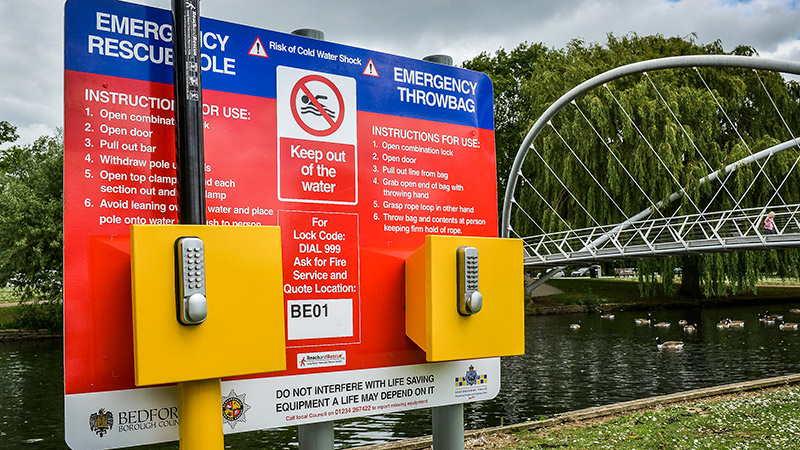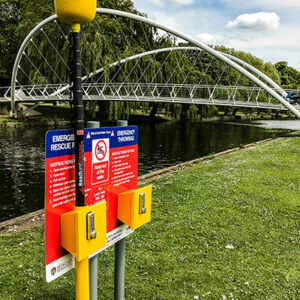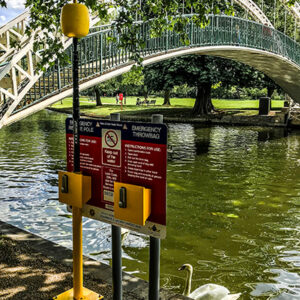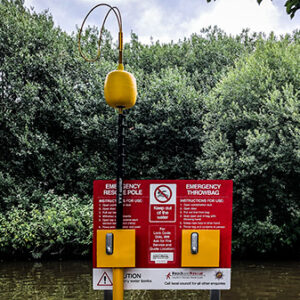Reach and Rescue
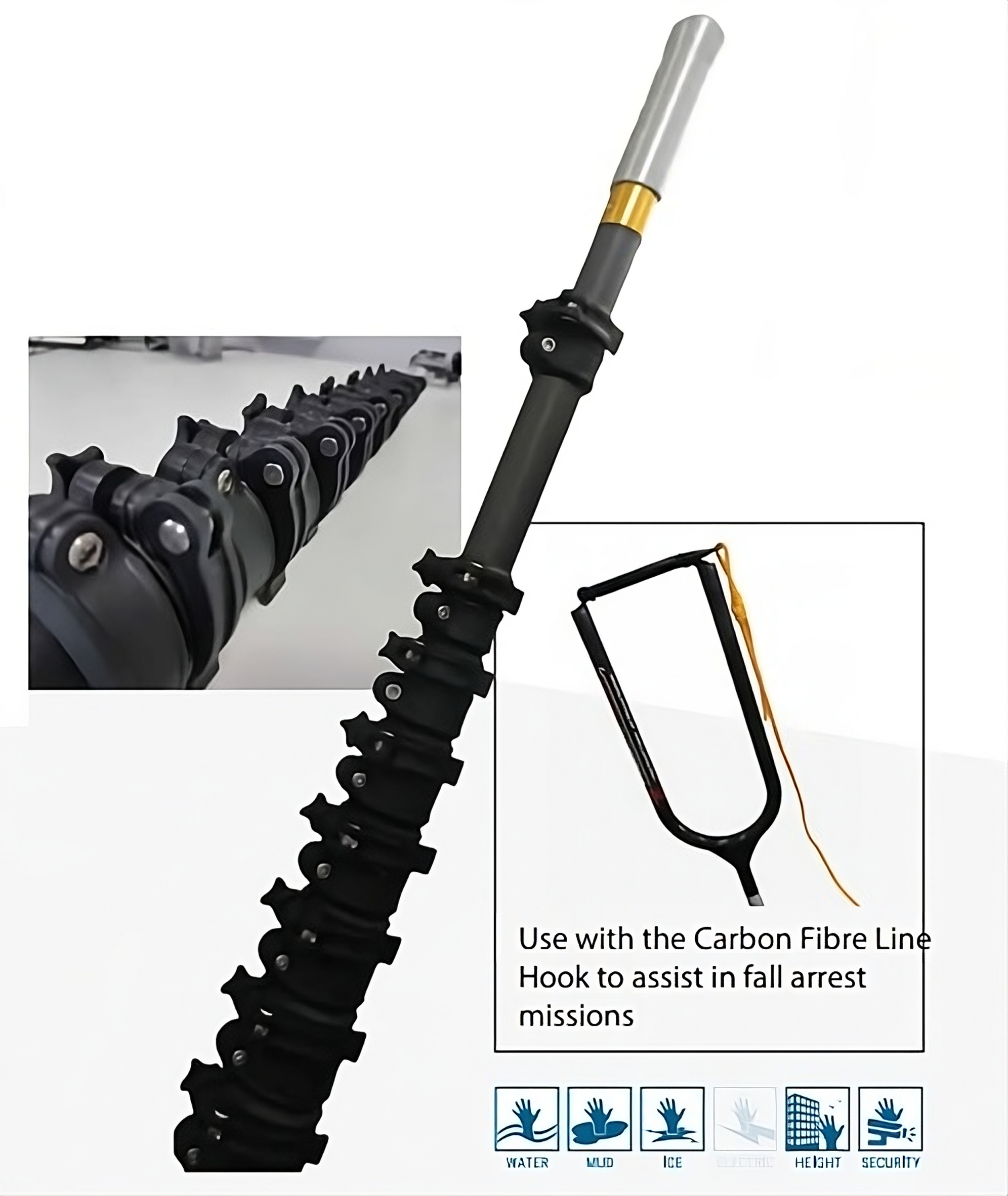
COMPACT TELESCOPIC POLE
In the realm of rescue equipment, versatility and adaptability are paramount. The compact telescopic pole stands as a crucial tool for accessing areas that would otherwise be deemed inaccessible. Its ingenious design allows for seamless integration with a range of attachments, greatly expanding its functionality. Featuring a universal ‘push’ fitting mechanism, this pole facilitates effortless attachment interchangeability, catering to a diverse array of requirements. Whether deployed in conjunction with an inflatable rescue boat, a fire rescue boat, or as part of a low voltage rescue kit, this indispensable tool is engineered to empower rescuers with the utmost precision and efficiency.
To utilize the compact telescopic pole effectively, follow these steps:
- Select the appropriate attachment by smoothly sliding it onto the gold collar. It will lock securely in position thanks to the sprung buttons.
- Extend the pole to your desired length for optimal reach and usability.
To ensure the pole’s continued reliability, it’s essential to perform regular checks on the sleeve fitting at the top of the pole. Any damage to this component could hinder the attachment’s secure fit.
Designed to be lightweight, small, and highly portable, this versatile tool finds its utility in various fields, including:
- Arbitors
- Police Forces
- Military Applications
THE PORTSAFE
Introducing the Public Access Water Rescue System – a revolutionary advancement in rescue equipment designed to empower the public to take action in water emergencies while waiting for professional help to arrive. This innovative system features a lockable box housing a specially designed pole, strategically positioned at the water’s edge alongside traditional liferings. What sets it apart is its enhanced security and precision, providing a reliable solution for swift and accurate water rescues.
Capable of reaching a distressed individual in as little as 20 seconds and spanning distances of up to 17 meters, this inflatable rescue boat system ensures rapid response times that can make all the difference in critical situations. Unlike traditional methods, where the person in distress must navigate towards a lifering, our system’s rigid design allows the operator to direct and control the rescue, providing a more effective and streamlined approach.
Moreover, the system includes a low voltage rescue kit, ensuring the safety of both the rescuer and the person in need. To further expedite the process, a prominently displayed contact number on the box allows the public to alert emergency services, providing essential information and facilitating access to the rescue pole.
With the Public Access Water Rescue System, we aim to revolutionize water rescue operations, making them more efficient, accessible, and ultimately, life-saving. Join us in taking a significant step towards ensuring the safety of individuals in water emergencies.

OFFSHORE KIT
When it comes to maritime safety, having the right rescue equipment on hand is paramount. That’s why we proudly present the Offshore Pole Kit, a versatile collection designed to address a range of critical scenarios. From inflatable rescue boats to fire rescue vessels, this kit is meticulously curated to ensure preparedness in the face of emergencies at sea. Additionally, it includes a low voltage rescue kit, providing an added layer of safety for personnel working in electrified environments. With the Offshore Pole Kit, you can rest assured that you have the tools necessary to respond effectively in any maritime rescue situation.
KIT INCLUDES: Pole / Clamping Float / Body Hook / Boat Hook / Line Hook / Flotation Collar / Kit Bag / Scaff Hook Carrago / Rescue Net / Pole Bag
Regularly inspect the sleeve fitting on the pole’s top fitting. If any damage is detected, it must be addressed promptly, as it could hinder the attachment from securely fitting.
- Select the appropriate attachment and slide it onto the gold collar. It will lock into place using the sprung buttons.
- Extend the pole to your desired length.
- Begin using the device.


ATTACHMENTS and ACCESSORIES
Attachments and accessories are essential components designed to enhance the functionality and versatility of a device or tool. They are crafted with precision to complement the main apparatus, providing added capabilities or specialized functions. These additions are typically easy to install and remove, allowing users to customize their equipment according to specific tasks or preferences. Proper selection and usage of attachments and accessories can significantly optimize performance and efficiency, making them valuable assets in various professional and recreational settings.
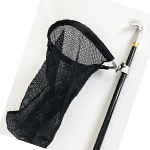
Bird Net
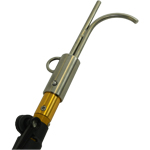
Boat Hook
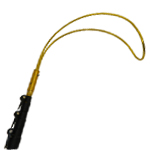
Body Hook
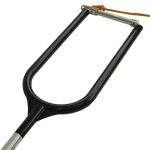
Carbon Fibre Line Hook
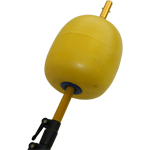
Clamping Float
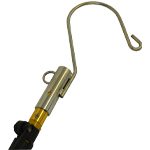
Crook
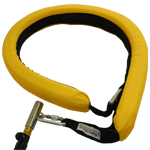
Flotation Collar
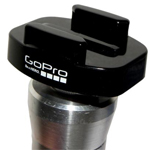
GoPro Adaptor
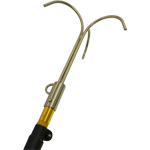
Grappler
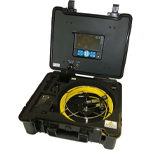
Inspection and Search Camera
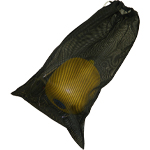
Kit Bag

Line Hook
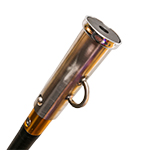
Magnet Attachment
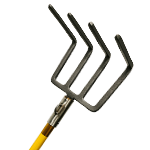
Pitchfork Attachment

Pole Bag
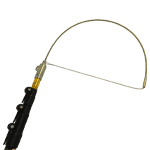
Pro Snare
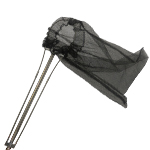
Rescue Net

Rope Blade
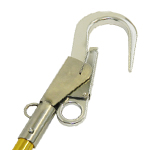
Scaff Hook Carrago
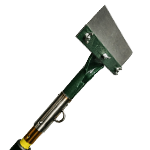
Scraper Attachment
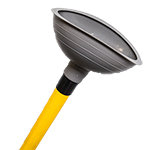
Smoke Detector Pole
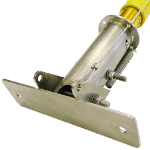
Sonar Search Frame
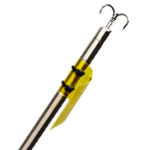
Subsurface Rescue Recovery Hook

Swan Hook
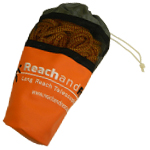
Emergency Throw Bag
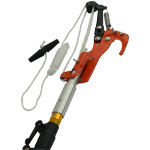
Trigger Blade
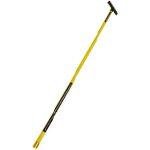
Wading Pole

Bird Net

Boat Hook

Body Hook

Carbon Fibre Line Hook

Clamping Float

Crook

Flotation Collar

GoPro Adaptor

Grappler

Inspection and Search Camera

Kit Bag

Line Hook

Magnet Attachment

Pitchfork Attachment

Pole Bag

Pro Snare

Rescue Net

Rope Blade

Scaff Hook Carrago

Scraper Attachment

Smoke Detector Pole

Sonar Search Frame

Subsurface Rescue Recovery Hook

Swan Hook

Emergency Throw Bag

Trigger Blade



